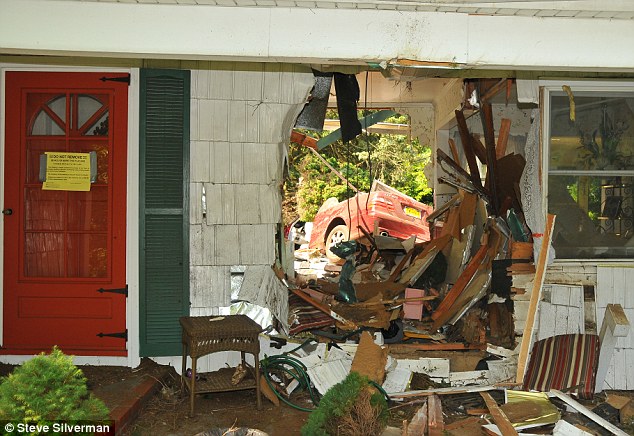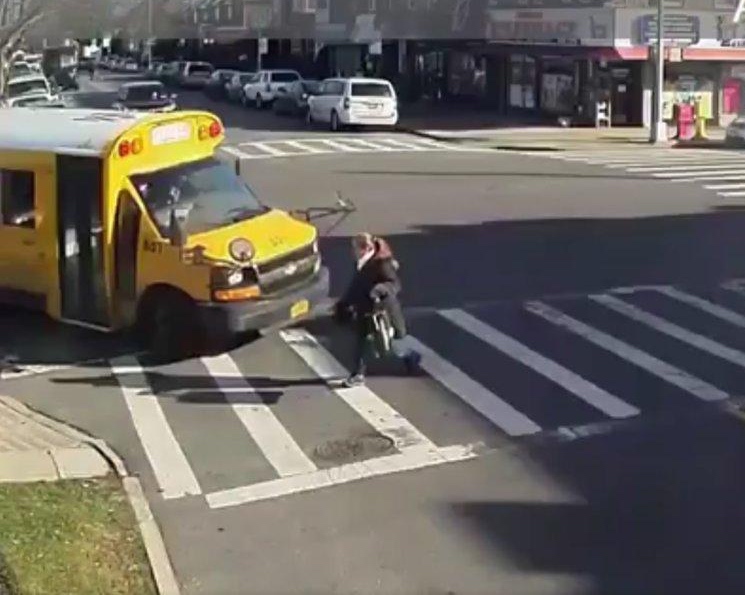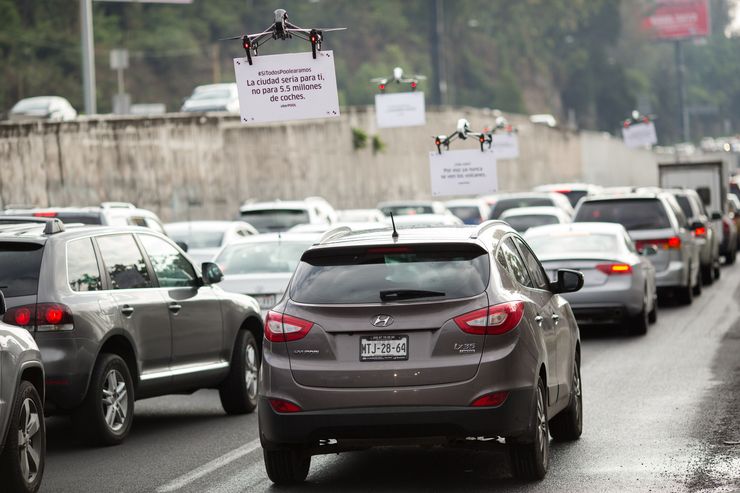Most people when they hear about “junk science” assume that plaintiffs’ attorneys are trying to fabricate some pseudo-science to make out a case, usually in the context of a novel class action theory.
But those of us in the trenches know otherwise, that this isn’t the main problem. Junk science, on a day-to-day basis, is far more likely to spill from the mouths of defense experts in routine cases. I showed this a few years ago in a multi-part series dedicated to quickie medical exams by doctors hired by the defense. A three minute exam and presto! — a finding that the plaintiff either isn’t injured, or that any injuries s/he has were pre-existing.
Some doctors are doing 1,000+ exams per year like this in the service of the insurance defense industry, which is quite the living if you don’t mind sacrificing your conscience.
Today I turn my sights on the biomechanical engineer. This is the person that will generally look at the vehicles in a crash (not an accident), and deconstruct it in such a way to determine that the victim wasn’t really injured by it. Four years ago Justice Arlene Bluth deconstructed that collision deconstruction for one such engineer, essentially showing the bogusosity of it all. (Is bogusosity a word? It should be.)
Last week the Appellate Division (Second Department) weighed in on that subject. And they were no more kind to the defense “expert” than Justice Bluth was.
Dovberg v Laubach was a hit-in-the-rear collision on the Long Island Expressway that pushed the plaintiff’s car into a tow truck in front of her:
The accident occurred when [the defendants’ vehicle] struck a vehicle operated by Scott Ramunni in the rear, propelling it into the rear of the plaintiff’s vehicle. The plaintiff’s vehicle was then propelled into a tow truck in front of her.
The key part of the story was how the plaintiff said that the injuries to her knees occurred — by striking the steering wheel or dashboard.
So far, nothing out of the ordinary, right? But then the defendants said they would produce Dr. Alfred Bowles as an expert, he being a biomechanical engineer and board-certified surgeon. And he would testify “that the force generated by the accident could not have caused any of the plaintiff’s alleged knee injuries, and that those alleged injuries were the result of wear and tear from athletic activities.”
And how would Dr. Bowles do that? By looking at the medical records and the depositions.
Really. According to the decision of the appellate court, that was what he would rely upon. Not even an analysis of the damage to the vehicles themselves? Or the position of the body? This is science?
Oh, and some books. As per the decision, Dr. Bowles would also rely upon:
scholarly works that were published in the fields of medicine and biomedical engineering, and had gained general acceptance in those fields. In support of this claim, the defendants listed the names of three works, which, according to their titles, involved head, neck, and mandible injuries. The authors, years of publication, and contents of these works were not set forth. [emphasis added]
The trial court permitted this dubious testimony to go forward, allowing him to testify “with a reasonable degree of engineering certainty, [that] the force generated by a low speed rear-end collision that propelled a vehicle into a 2000 Ford Taurus would not have caused the driver of the Ford Taurus to hit her knees against the dashboard.”
A defense verdict resulted on the issue of causation.
But on appeal the Second Department was, shall we say, less than impressed with this testimony. And this was likely the reason:
Although Bowles did not know how close the plaintiff’s seat was positioned to the steering wheel and dashboard at the time of the accident, he maintained that moving the seat up would not increase the likelihood of a driver’s knees hitting the dashboard in a rear-end collision.
So no one asked the plaintiff how far forward the seat was — which is to say the actual position of the injured driver — and then the expert testified that it didn’t matter? Distance to the dashboard didn’t matter? One inch and twelve inches are the same? Can you say bogusosity?
After a brief discussion of the long-recognized rule of Frye v United States — in that expert testimony must be based on scientific principles or procedures and is admissible only after a principle or procedure has gained general acceptance in its specified field — the court swiftly deconstructed Dr. Bowles’ testimony.
The court noted that the
“expert disclosure notice simply stated that Bowles analyzed the medical and engineering aspects of the accident. While the defendants cited to three works in opposition to the motion in limine, they did not identify the authors, years of publication, and contents of those works, or any explanation as to their relevance in evaluating the cause of knee injuries. Moreover, the defendants provided no description of the methodology Bowles utilized to determine the force of the accident, and the biomechanical engineering principles he relied upon in reaching his conclusion that the force generated by the accident could not have caused the plaintiff’s knees to come into contact with the vehicle dashboard.
The court didn’t use the phrase “junk science,” or bogusosity, but I will. Because that’s the way I read this opinion. Your mileage may vary but, frankly, I don’t see how.
So the next time you hear about junk science, you should understand and appreciate that, on a day to day basis, this is not some plaintiffs’-side invention.
The essential business model of insurance companies is to collect as much as possible in premiums and pay out as little as possible (while investing the money in the interim). Many insurance companies, and adjusters, and their syncofantic witnesses who profit from this form of testimony, don’t seem to particularly care how that preservation of premiums is accomplished. Or who gets screwed by their process.





